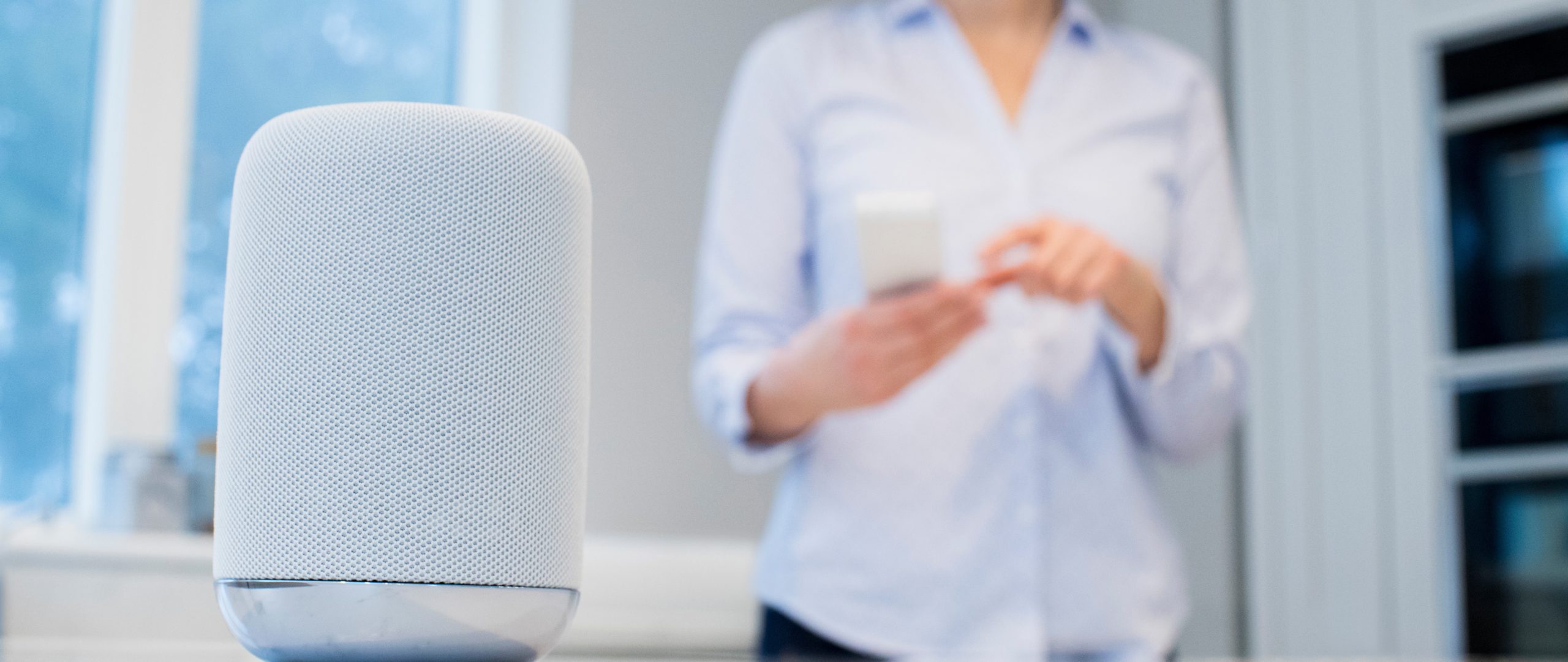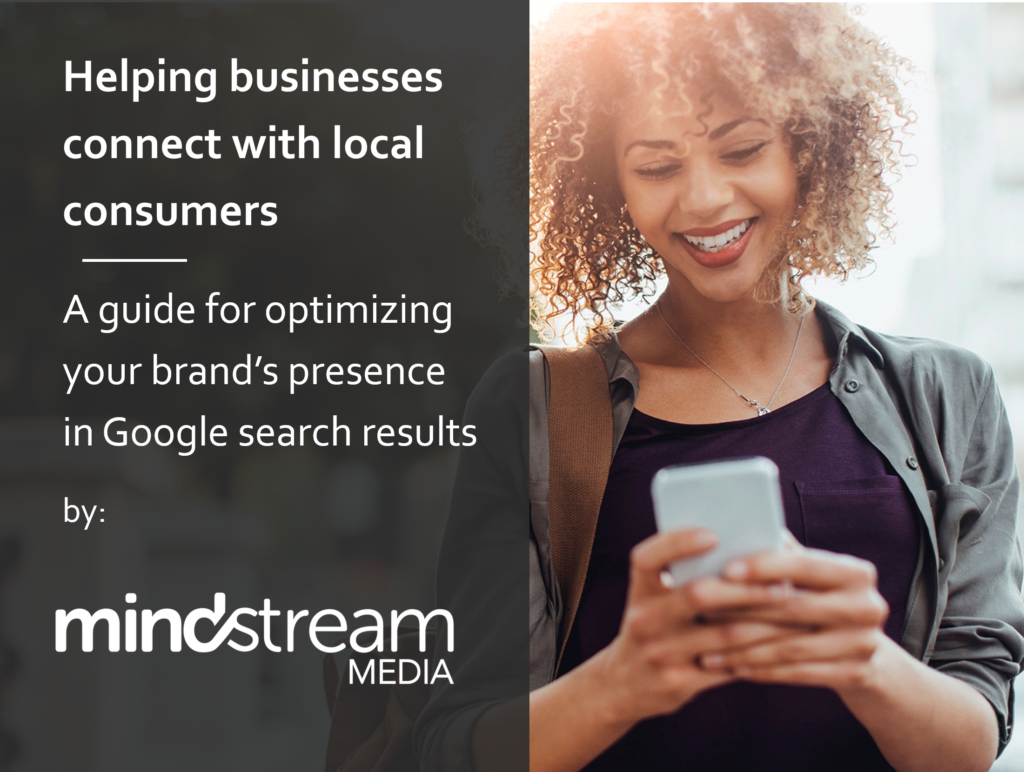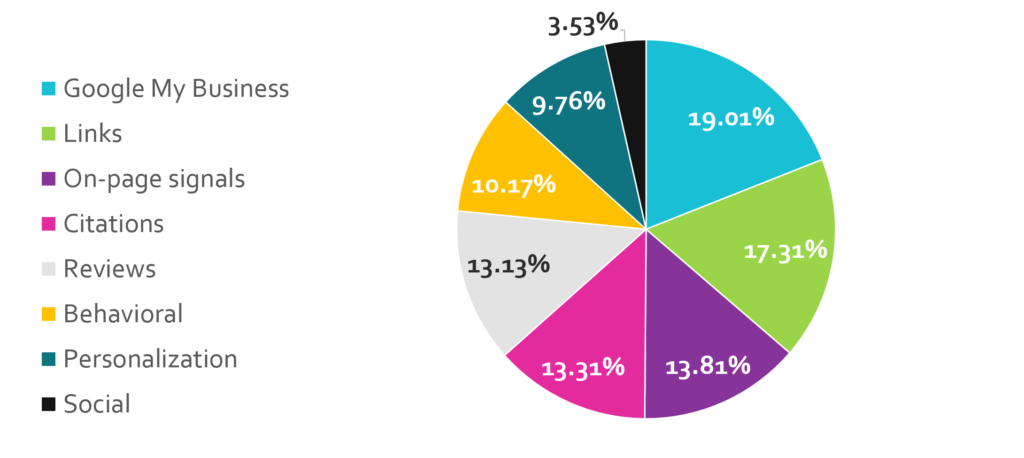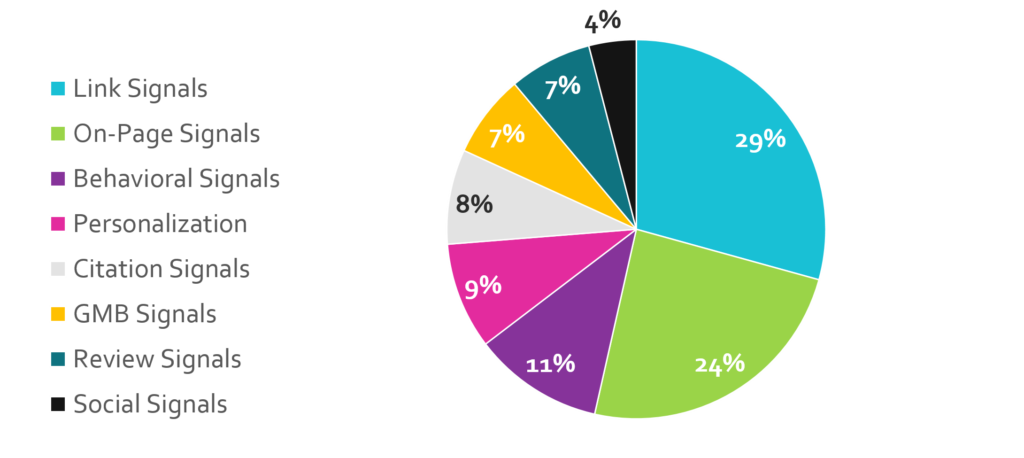Have you had the pleasure of listening to your friends or coworkers shout commands into Amazon’s Echo device powered by Alexa yet?
“Alexa, play Passionfruit by Drake.”
Even if you don’t own an Alexa-enabled device, chances are you’ve heard similar commands. Maybe you’ve even heard the word “Alexa” so much that you can’t bear to hear it again.
Whatever the case, we’re now in the middle of an era where voice search has become a reality. Digital assistants like Alexa, Siri and Google Assistant are completely changing the way we search.
The benefits of voice search are tangible and easy to see, but what does the rise of voice search mean for brands and advertisers? Or, more specifically, how will marketers need to adapt to create ads in the era of voice search?
Natural Language Processing has transformed search
With the advent of better Natural Language Processing (NLP) – technology able to recognize conversational language – marketers are faced with an interesting quandary: Produce relevant results, or get left behind.
The evolution of NLP has made it so that searchers are no longer bound by a keyboard, but rather, are able to articulate exactly what they’re looking for without having to repeat specific words to get the results they need.
And it’s only going to evolve more and more. By 2021, it’s estimated that close to two billion people worldwide will be actively using digital assistants like Alexa, Cortana and Google Assistant.
Just think of where we’re already at with voice search and the devices they power:
- Voice-activated remotes like Roku and Comcast
- Voice-activated assistants like Cortana in Nissan vehicles
- Voice-activated Google searches on mobile phones
This trend is only going to continue. Expect more and more internet of things (IoT) integration into our lives, especially when driverless cars start becoming more ubiquitous.
The current state of paid search
As marketers, we’re well-versed in how paid search ads operate — we create ads that entice people to click on them and, hopefully, convert. Generally, we know there are two specific things we can work on to improve ads if they’re not converting – revising ad copy and updating images. The general structure of text ads hasn’t changed for years. The specific mechanisms (radio, billboards, TV, internet, etc.) may have changed a great deal, but the format basically stayed the same… until now.
Incorporating ads into voice search
“Marketers need to think about screenless advertising and playing in a world where they can create closer connections because customers are actually speaking to [the company].”
Amazon has already been pushing customers to use Alexa to make purchases with voice commands. This push aligns with the direction Amazon has been moving in for awhile – trying to remove every barrier standing between their customers and a purchase (think of those Dash buttons that you simply need to push a button to place an order).
What role will ads play in this type of purchase flow?
Using Amazon’s Alexa as a model, let’s try and establish what future voice search ads might look like.
The most obvious difference between voice search and conventional search engines is that users won’t always be able to see search results, which may act as a barrier to conversion. (Note: Amazon recently unveiled the Echo Show, which provides a 7-inch touchscreen as part of its offering. That way, you have all the same flexibility you have with the voice search, but a visual component as well.)
When a consumer performs a voice search, the command is probably going to be more specific, and more conversational, since we can’t instantly see what the ad says to confirm before purchase. So, in order to effectively serve ads that match searcher’s voice commands, marketers need craft ads that reflect the change in search behavior.
How do we do that?
Companies like Microsoft are already betting on a future of “screenless advertising” by shifting their focus from making ads that are just visually appealing to users.
“While that effort and quest isn’t going to go away, screenless advertising will be an important complement to this, as people and consumers start speaking to their personal assistants in a variety of physical environments, but mostly while they are on the go,” said Rik van der Kooi, Microsoft’s VP of Advertising Sales and Marketing, in an interview with AdExchanger.
“Marketers need to think about screenless advertising and playing in a world where they can create closer connections because customers are actually speaking to [the company].”
Where do we go from here?
For marketers, this is an exciting shift, because it allows us to deliver more relevant messages and offers to our customers. Instead of using lots of text to produce ads that might not produce conversions, we can begin to shift towards creating ads that produce meaningful connections to our customers and give them the things that they’re looking for.
Ultimately, that’s how we can embrace voice search as a means of delivering exactly what our customers want.

![[Video]: Taking Control of Your Presence on Google](https://mindstreammediagroup.com/wp-content/uploads/2017/05/Local-search-video-featured-image.png)

![[Guide]: 5 Steps to Optimize Your Brand’s Presence for Local Searches on Google](https://mindstreammediagroup.com/wp-content/uploads/2017/04/LSA-blog-header-image.png)






